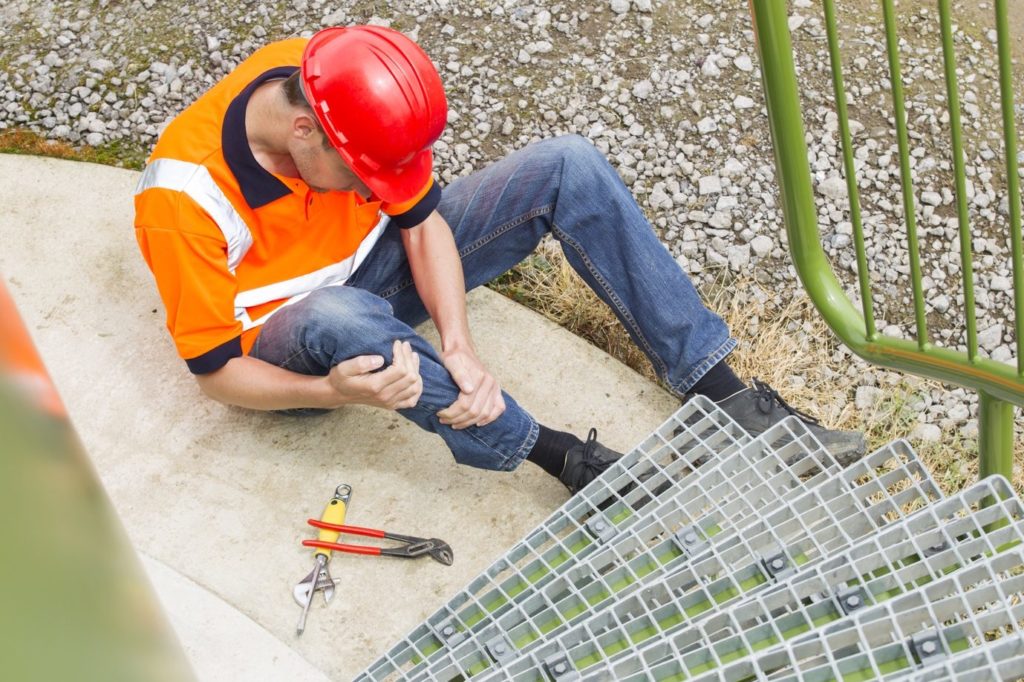Construction sites can be incredibly dangerous, even for educated and skilled professionals with years of experience who take all the necessary safety precautions. It only takes one, small, seemingly unrelated oversight to create a situation where someone is seriously hurt or even killed. Someone forgets to turn off a machine, a third-party contractor improperly constructs a scaffold several weeks before, equipment is left unattended while a worker goes on break – these situations may seem minor, but the results can be devastating.
At The Dearie Law Firm, P.C., we specialize in helping injured construction workers and their families seek compensation with our experienced New York City construction accident lawyers. Today, we’ll talk a little bit about these job-site accidents and their causes.
Falls: The Basics
According to OSHA.gov, falls are one of the four most common accident types experienced at construction sites across the country. They also report that workers at any construction site rising more than six feet off the ground are at an increased risk for falls. It doesn’t always necessarily mean that the building is tall, either—it can be scaffolding, ladders, risers, or any other raised structure on site.
OSHA also states that work environments that qualify for this designation should be considered especially high-risk if they have:
- Unprotected sides (including windows)
- Unprotected edges (including roofs)
- Leading edges and/or ramped risers
- On-site excavations, wells, and holes
- Walking/working surfaces >6 feet off of the ground
These guidelines require that construction sites take advanced measures to prevent accidents, but these guidelines aren’t always straightforward. For example, a worker standing on the second floor of a house replacing a floor-to-ceiling window would fall under this classification because the missing window effectively creates an unprotected edge.
OSHA Guidelines for Safety
So, what happens when a construction site creates a situation where there is a fall risk or safety concern? They must follow OSHA guidelines for risk management. Workers must have access to (and use) personal fall arrest systems, and the site must use guardrails to create a safer work environment.
If these risk management techniques are not used, and someone is injured due to a fall from a height, there may be the basis for a third-party lawsuit. This is also true if a construction site puts these safety measures into place, but fails to properly maintain or repair hazardous conditions – which is something a New York construction accident lawyer always makes sure to look for.

Additionally, in the case of personal fall arrest systems, all onsite staff must be trained to use the equipment before they are permitted to work. At the very least, OSHA requires that employers demonstrate the use of the product as each new employee comes on. Periodic refreshers are highly recommended.
Other Fall Hazards
Other hazardous height-related conditions can indicate that a third-party was negligent and can be held financially responsible for an injured workers’ pain and suffering. is at fault for negligence if someone falls. For example, a poorly-maintained ladder, or not properly securing a ladder in use, often means that a third-party was at fault for injuries sustained in a fall from the ladder.
Were you injured after falling from a height on a construction site? The Dearie Law Firm, P.C. wants to help. We are as a highly trusted New York construction accident law firm. Call us any time of the day or night at (212) 970-6500. Can’t travel to us? No problem! We can send out one of our four mobile law offices to meet with you anywhere, even if homebound or in a hospital.

